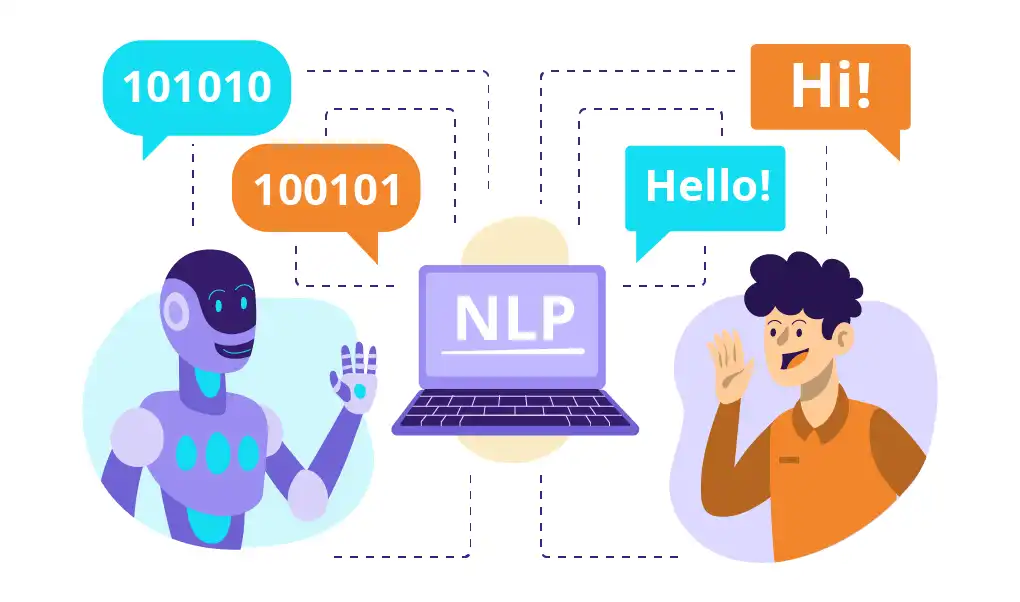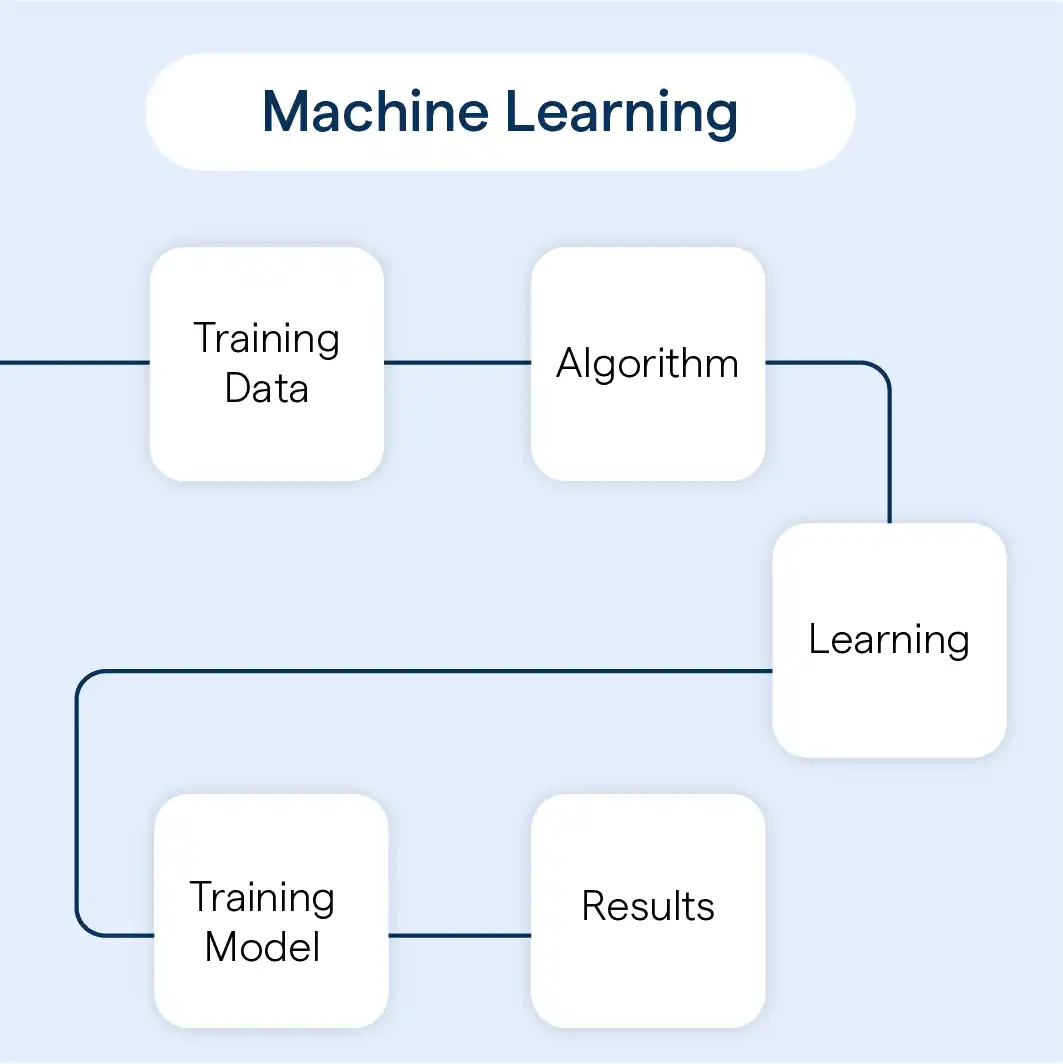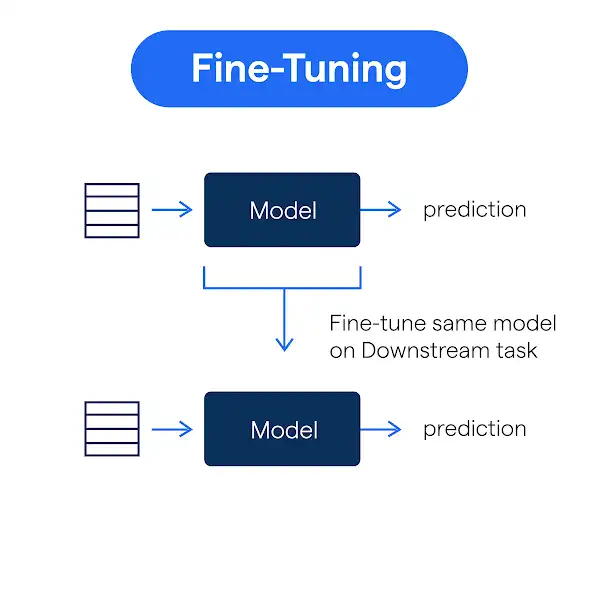Introduction
Large language models are like super-powered language tools that are crucial as a real language.
Imagine a digital assistant that understands and communicates as effectively as a human, processing complex language and easily generating intelligent responses. That's the magic of LLMs! These advanced models drive innovation in language processing, automated learning, and intelligent systems.
According to a report by MarketsandMarkets, the global Language Processing market size is projected to grow from 18.9 billion in 2023 to $68.1 billion by 2028, at a Compound Annual Growth Rate (CAGR) of 29.3% during the forecast period (Source: MarketsandMarkets).
From virtual assistants that provide personalized experiences to tools that generate human-like text, LLMs are changing the way we interact with technology.
But this is just the beginning! This blog will dive into the fascinating world of LLMs, examining their key features, popular models, and real-world applications that will leave you amazed.
Buckle up and get ready to demystify LLMs! By the end of this blog, you'll be equipped with the knowledge and best practices to harness the power of LLMs and stay ahead of the curve in 2024.
What is LLM?

LLM, which stands for Large Language Model, is an artificial intelligence model designed to process and generate human-like language.
It is trained on vast textual data, enabling it to understand and generate coherent and contextually relevant content.
Key Features and Capabilities of LLM
LLM models possess several key features and capabilities that contribute to their impressive performance:
Language Comprehension: LLM models excel at understanding natural language, interpreting nuances, and grasping context.
They can process complex sentence structures and extract meaningful information from textual data.
Language Generation: LLM models can generate high-quality human-like text by predicting and completing sentences.
This capability allows them to write coherent and contextually appropriate content, mimicking human language patterns.
Contextual Understanding: LLM models can understand and maintain context across multiple sentences or paragraphs.
They consider preceding text to generate more coherent and meaningful responses, enhancing the quality of their output.
Adaptability: LLM models can be fine-tuned for specific tasks or domains, making them versatile and adaptable to different applications.
By training them on particular datasets, they can become domain-specific experts.
Examples of Popular LLM Models
Several notable LLM (Large language models) have garnered attention and demonstrated remarkable language processing capabilities, including:
GPT-3 (Generative Pre-trained Transformer 3): Developed by OpenAI, GPT-3 is one of the most famous LLM models.
It boasts a whopping 175 billion parameters and has been widely hailed for its ability to comprehend and generate human-like text.
BERT (Bidirectional Encoder Representations from Transformers): Developed by Google Research, BERT has significantly improved language understanding and achieved state-of-the-art performance in numerous NLP tasks.
XLNet: XLNet is another notable LLM model that tackles the challenge of contextuality by leveraging both backward and forward information flow during training.
It has shown promising results in various language-related tasks.
Exploring these examples can help us better understand the capabilities and potential applications of LLM models.
In the next section, we will delve into the significance of LLM across various fields, such as Natural Language Processing, Machine Learning, and Artificial Intelligence, highlighting why embracing LLM is crucial in 2024.
Next, we will cover the significance of LLM in various fields.
The Significance of LLM in Various Fields
LLM is important across various fields, including Natural Language Processing (NLP), Machine Learning, and Artificial Intelligence (AI).
In this section, we will explore the significance of LLM in each of these areas.
Natural Language Processing (NLP)

NLP is a branch of AI that focuses on the interaction between computers and human language.
LLM plays a crucial role in NLP by advancing language understanding and generation capabilities.
LLM models can comprehend and generate human-like text, enabling tasks such as sentiment analysis, machine translation, text summarization, and question-answering systems.
By leveraging LLM in NLP, we can enhance language processing and enable more robust and intelligent language-based applications.
Machine Learning

Machine Learning, an AI field, revolves around developing algorithms that allow computers to learn from data and make predictions or decisions.
With their ability to understand and generate natural language, LLM models contribute to advancing machine learning techniques.
They can process and generate text data, enabling applications like chatbots, virtual assistants, and automatic document generation.
By harnessing the power of LLM in machine learning, we can achieve more sophisticated and human-like language-based machine learning solutions.
Artificial Intelligence (AI)
Artificial Intelligence encompasses developing intelligent systems that can perform tasks that typically require human intelligence.
LLM is a key component of AI, as it enhances language processing and generation capabilities.
LLM models can understand and generate text that is indistinguishable from human-written content.
This makes them invaluable in applications like content creation, language translation, and conversational agents. Incorporating LLM in AI systems can create more intelligent and effective AI-powered solutions.
Next, we will cover the benefits of adopting LLM in 2024.
Suggested Reading:
LLM Use-Cases: Top 10 Industries Using Large Language Models
Benefits of Adopting LLM in 2024
Adopting LLM in 2024 brings forth numerous benefits across different domains.
Let us delve into some of the critical advantages of embracing LLM (Large language models):
Improved Language Processing and Generation
LLM models excel in understanding and generating human-like language.
By adopting LLM, businesses can automate language-related tasks like email writing, content creation, and customer service interactions.
This improves efficiency, accuracy, and consistency in language processing, ultimately enhancing overall operational effectiveness.
And, if you want to begin with chatbots but have no clue about how to use language models to train your chatbot, then check out the NO-CODE chatbot platform, named BotPenguin.
With all the heavy work of chatbot development already done for you, BotPenguin allows users to integrate some of the prominent language models like GPT 4, Google PaLM and Anthropic Claude to create AI-powered chatbots for platforms like:
- WhatsApp Chatbot
- Facebook Chatbot
- Wordpress Chatbot
- Telegram Chatbot
- Website Chatbot
- Squarespace Chatbot
- Woocommerce Chatbot
- Instagram Chatbot
Enhanced Communication and Customer Interactions
With LLM, businesses can provide more personalized and interactive communication experiences.
LLM-powered chatbots and virtual assistants can engage in more natural and contextually appropriate conversations, offering a seamless customer experience.
This ability to understand and respond effectively to customer queries leads to increased customer satisfaction and loyalty.
Automation of Tasks and Increased Productivity
LLM's language comprehension and generation capabilities allow for automating various tasks.
Businesses can use LLM models to automate documentation, report generation, content curation, and even software code writing.
Organizations can significantly reduce manual labor, save time, and increase productivity by automating such tasks.
Next, we will cover the best for using LLM in 2024.
Suggested Reading:
Top 10 Promising Applications of Custom LLM Models in 2024
Best Practices for Leveraging LLM in 2024
To maximize LLM's (Large language models) potential and benefits, it is essential to follow best practices for its effective utilization. This section will outline key practices for leveraging LLM in 2024.
Data Preparation and Input Optimization

Data preparation plays a crucial role in LLM performance. To ensure optimal results, curating high-quality, representative datasets for training LLM models is important.
The data should encompass diverse language patterns, contexts, and domains to enhance the model's language understanding capabilities.
Additionally, preprocessing techniques such as tokenization, normalization, and stemming can be applied to optimize the input data and remove any noise or inconsistencies.
Fine-tuning and Model Selection

Fine-tuning LLM models is an essential step to adapt them to specific tasks or domains. It involves training the pre-trained models on task-specific data to enhance their performance and align them with the desired objectives.
To select the most suitable LLM model for the intended application, rigorous evaluation and comparison of different LLM models should be conducted.
Fine-tuning and model selection are critical for achieving optimal performance and ensuring that LLM meetstask's specific requirements.
Ethical Considerations and Bias Mitigation
While leveraging ethical considerations and mitigating potential bias is important. LLM models are trained on large datasets, which may inadvertently contain biases present in the data.
It is crucial to carefully curate and preprocess training data to prevent amplification of biases during model training.
Regular evaluation and monitoring of LLM models should be conducted to identify and mitigate any biases that arise during deployment. Emphasizing diversity and inclusivity in the training data can help reduce bias and ensure fair and unbiased outcomes.
Challenges and Limitations of LLM
Despite its immense potential, LLM (Large language models) has challenges and limitations. This section will discuss the primary hurdles faced when leveraging LLM and strategies to overcome them.
Potential Risks and Implications
The adoption of LLM comes with potential risks and implications. One major concern is generating fake or misleading information, commonly known as "deepfaking."
This threatens the credibility of information and can have serious consequences. Additionally, privacy concerns arise when LLM generates human-like text based on user data.
Safeguards and regulations should be implemented to address these risks and ensure responsible use of LLM technology.
Overcoming Common Obstacles
Several obstacles may arise when working with LLM.
One common challenge is the need for massive computational resources to train and fine-tune models effectively. Access to high-performance computing systems is crucial to overcome this obstacle.
Additionally, the availability of large and diverse datasets can be limited for certain domains or languages, hindering the performance of LLM models.
Efforts should be made to expand and diversify datasets to overcome these limitations and improve model effectiveness.
Conclusion
Step into the future of language technology with LLM, the groundbreaking innovation that is transforming the way we communicate with machines. Experience effortless conversation and intelligent text generation like never before.
Imagine a world where machines truly understand your every word, tools create human-like text with ease, and language applications break down barriers. With LLM, this world is not only possible, but it's already here.
Embrace this revolutionary technology today and stay ahead of the game. Streamline your workflow, enhance customer interactions, and boost productivity to new heights.
Don't miss out on the transformative power of LLM – the key to unlocking a world of seamless communication. Take the leap and experience the magic of LLM for yourself. The future is now, and it's waiting for you to unlock it with LLM."
Frequently Asked Questions (FAQs)
What makes Large Language Models (LLM) crucial in 2024?
LLMs are pivotal in 2024 due to their ability to process vast language data, impacting industries like healthcare, finance, and AI development. They enhance efficiency and decision-making.
How do LLMs differ from traditional language models?
LLMs surpass traditional models by comprehending context, generating coherent text, and adapting to diverse tasks, making them invaluable in various applications.
What are the key applications of LLMs in 2024?
LLMs play vital roles in content generation, customer support, data analysis, and scientific research. Their versatility caters to diverse industry needs, shaping technological advancements in 2024.
How do LLMs contribute to enhanced natural language processing?
LLMs revolutionize natural language processing by decoding context, sentiment, and meaning with unprecedented accuracy. This advancement significantly improves understanding and analysis of human language.
What challenges are associated with implementing LLMs in 2024?
Implementing LLMs may pose challenges related to data quality, computational resources, and domain-specific expertise. Addressing these challenges ensures effective integration and optimal performance.
Can LLMs be customized for industry-specific applications?
Yes, LLMs can be customized for industry-specific tasks, offering enhanced precision and relevance. Customization allows businesses to tailor models to their unique needs and improve performance in specific domains.


